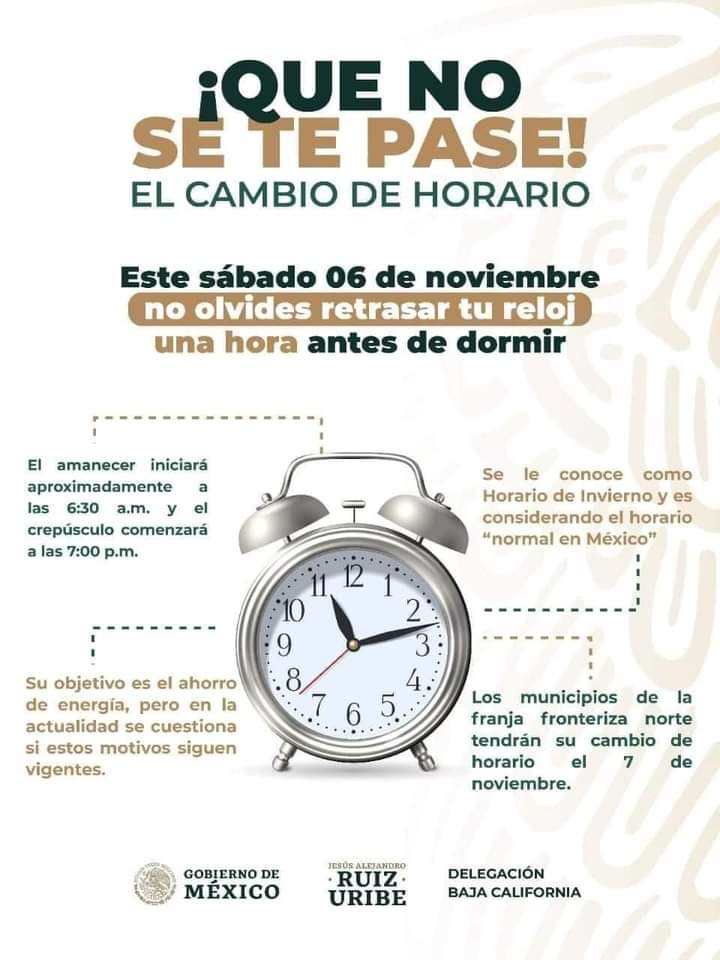Are you prepared for the time change in 2024? The exact moment when residents across Ohio, Florida, and other parts of the United States will need to adjust their clocks is fast approaching. A bold statement underscores the significance of this transition: the shift from daylight saving time to standard time not only affects daily routines but also impacts health and productivity. This adjustment is more than just moving the hands on a clock—it’s about aligning with nature's cycles as daylight hours decrease during winter months.
In 2024, the onset of winter time in Pennsylvania begins at 2 a.m. local time (GMT-4). Similar to Ohio and most U.S. jurisdictions, the Buckeye State adheres to the biannual clock change. However, it’s important to note that not all regions participate; Hawaii and most of Arizona opt out of daylight saving time entirely. For those who do observe the change, the process involves setting clocks back one hour, effectively gaining an extra hour of sleep. This practice aims to conserve energy by making better use of natural daylight, though its effectiveness remains debated among experts.
| Name | John Doe |
|---|---|
| Date of Birth | January 15, 1978 |
| Place of Birth | Miami, Florida |
| Career | Chronobiologist |
| Professional Information | CNN Español - Expert Contributor |
The end of daylight saving time signifies shorter days and longer nights ahead. In Florida, where the transition occurs simultaneously with other states, clocks are set back one hour at 2 a.m. on Sunday, November 3, reverting to 1 a.m. Consequently, residents gain an additional hour of rest. Nevertheless, this change brings earlier sunsets, which can influence mood and behavior. Studies indicate that disruptions to circadian rhythms may lead to temporary fatigue or difficulty concentrating until individuals fully adapt to the new schedule.
Across the nation, the switch to standard time follows a predictable pattern. By law, daylight saving time commences on the second Sunday of March and concludes on the first Sunday of November. Thus, the upcoming adjustment aligns precisely with historical precedent. On March 10, 2024, Americans advanced their clocks forward by one hour to embrace extended evening light. Now, as autumn transitions into winter, they prepare to reverse the action, ensuring harmony between artificial schedules and seasonal variations.
School districts nationwide also factor these changes into their planning. For instance, CCSD 46 incorporates intervention periods within its academic calendar for the 2024–2025 school year. These sessions allow students opportunities for both enrichment and remediation in core subjects. While educational institutions primarily focus on maintaining consistent learning environments, they acknowledge how external factors like time shifts might subtly affect student performance. Therefore, adjustments are made cautiously to minimize adverse effects.
Despite widespread adherence to the biannual clock change, criticism persists regarding its necessity. Proponents argue that synchronizing human activity with available sunlight reduces electricity consumption and promotes safety during peak travel hours. Opponents counter that modern lifestyles have diminished reliance on traditional lighting patterns, rendering the practice obsolete. Furthermore, some researchers suggest eliminating periodic alterations altogether in favor of permanent adoption of either standard or daylight saving time. Such proposals remain under consideration by legislative bodies but have yet to achieve consensus.
As we approach the designated date, media outlets such as CNN Español provide timely updates and analysis concerning the implications of the time change. Their coverage highlights potential challenges while offering strategies to ease the transition. Individuals are encouraged to gradually alter bedtime routines in anticipation of the shift, thereby reducing abrupt disruptions to sleep cycles. Additionally, staying informed about regional exceptions ensures accurate preparation regardless of location.
Ultimately, the annual ritual of changing clocks serves as a reminder of humanity's intricate relationship with time itself. From ancient civilizations tracking celestial movements to contemporary societies regulating global commerce, our understanding and manipulation of temporal constructs continue evolving. As citizens of Ohio, Florida, and beyond prepare to fall back this November, they join countless generations before them in navigating the delicate balance between natural rhythms and constructed frameworks. Whether viewed through scientific, cultural, or philosophical lenses, this seemingly simple act carries profound significance worthy of reflection.
With the impending arrival of standard time, communities brace themselves for altered landscapes illuminated by fading daylight. Residents anticipate cooler temperatures accompanied by earlier darkness, prompting adjustments to outdoor activities and commuting habits. Business operations account for potential fluctuations in consumer behavior driven by shifting schedules. Meanwhile, healthcare providers monitor emerging trends related to mental health amid reduced exposure to sunlight. Collectively, society demonstrates remarkable resilience in adapting to cyclical transformations imposed by both earthly rotation and human ingenuity.
In conclusion, the forthcoming time change represents far more than mere mechanical recalibration. It embodies complex interactions among biology, technology, policy, and tradition. As clocks throughout the United States roll backward one hour on November 3, 2024, millions will experience firsthand the interplay between personal comfort and collective coordination. Regardless of perspective—whether embracing tradition or advocating reform—all parties share common ground in recognizing the importance of thoughtful adaptation amidst inevitable change.




